Wicksteed Park: how Charles Wicksteed's big dream for Kettering families became a reality
and live on Freeview channel 276
Wicksteed Park has had a rollercoaster of a year. Back in business after its operating company went into administration, the family attraction has emerged in its centenary year and is fighting back to offer its traditional fun day out.
Local families have loved the park for generations and have happy memories from working at Wicksteed as teenagers, taking their children and later their grandchildren to the park they played in as youngsters and even going on first dates with their spouses.
But how did the park start and who was Mr Wicksteed?
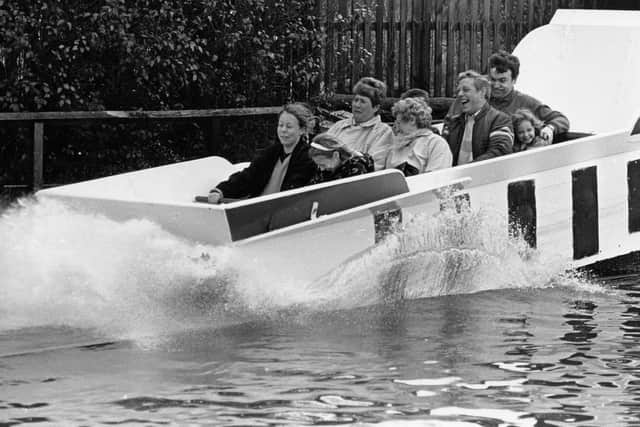

Advertisement
Hide AdAdvertisement
Hide AdThe park’s founder, Charles Wicksteed, was born in Leeds in 1847. He first visited Kettering in 1871 and five years later he set up Charles Wicksteed & Co. Engineers.
A successful business owner, philanthropist Charles wanted to use his wealth to improve people's lives in Kettering - especially the children.
It was in 1887, the year of Queen Victoria’s Golden Jubilee, that Charles Wicksteed first tried to buy land for a park in Kettering. However, it wasn’t until 24 years later in 1911 that Mr Wicksteed managed to purchase the fields in the Ise Valley close to Barton Seagrave.
He bought Barton Hall estate in 1911 and started to draw up plans for a park. Between 1914 and 1916, during the First World War, the land was cleared and areas for a play park, terrace and sports pitches were levelled.
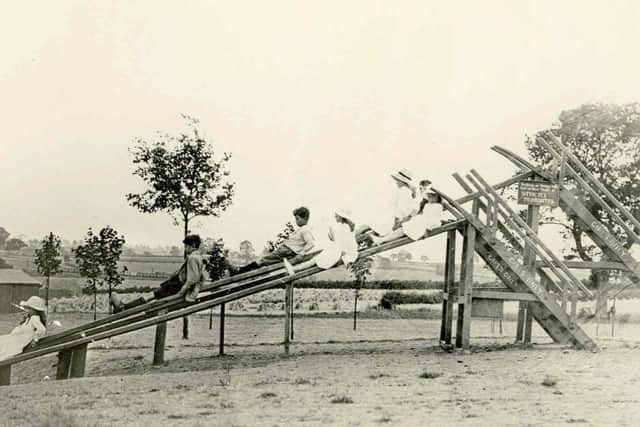

Advertisement
Hide AdAdvertisement
Hide AdOver the next few years, the first playground was built along with a sandpit, lodge and tea pavilion.
In 1919, work began to dig out the lake which was officially opened on Whitsun the next year.
On May 31, 1921, the park officially opened to the public with a regatta on the lake, Charles Wicksteed and faithful hound Jerry touring the site in his open-top car - and so began Kettering’s long love-affair with Wicksteed.
Charles Wicksteed was still working hard to add to the park. The following year saw the main pavilion open, currently undergoing a major refurbishment thanks to Heritage Lottery funding - the Edwardian building rose gardens and fountain will be restored and improved with the grant of just under £2m.
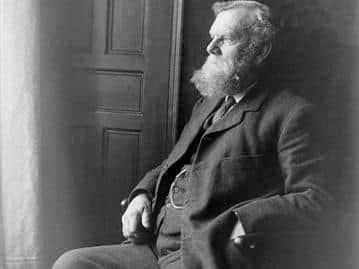

Advertisement
Hide AdAdvertisement
Hide AdOver the next few years attractions were added with in the park’s famous water chute - now Grade II listed - designed by Charles Wicksteed and opened in 1926. It is the oldest water chute in Britain, and one of the oldest surviving water-based rides in the world.
In 1931, a decade after the park opened, Charles Wicksteed died before seeing the completion of Wicksteed’s railway which opened that year on Whitsun and has been loved by visitors ever since.
Charles' daughter Hilda Wicksteed, became chairman of the Wicksteed Village Trust and took over his factory, making playground equipment.
The next 10 years saw big changes at Wicksteed Park including the addition of the aviary and monkey house, a motorboat house, lakeside boathouse, an extension to the souvenir shop and ice cream plant, a new bridge over the lake, a rowing club house and the water chute was rebuilt.
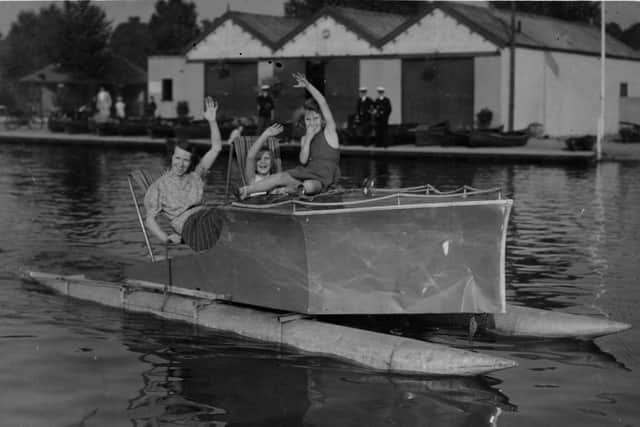

Advertisement
Hide AdAdvertisement
Hide AdThe biggest change came between 1939 and 1945 during the Second World War, when the pavilion was occupied by the military and the park was only partially open to the public.
US forces who used the pavilion during the war donated the Mayflower drinking fountain to the park in 1946.
In 1948, Wicksteed’s paddling pools were built and enjoyed by many on hot days but sadly the swimming pool was closed in 1970 after maintenance costs spiralled.
Hilda died in 1950 and the following year a brick entrance, still used as the main entrance to this day, was opened in memory of her.
Advertisement
Hide AdAdvertisement
Hide AdThroughout the 1950s a number of big changes and improvements happened at Wicksteed. A cinema, pony hut and arena were built along with mini cars, pets corner and a larger golf course.
In the 1960s and 70s, big changes included the bumper cars, a skate park and new attractions like the pirate ship, rollercoaster and bumper boats.
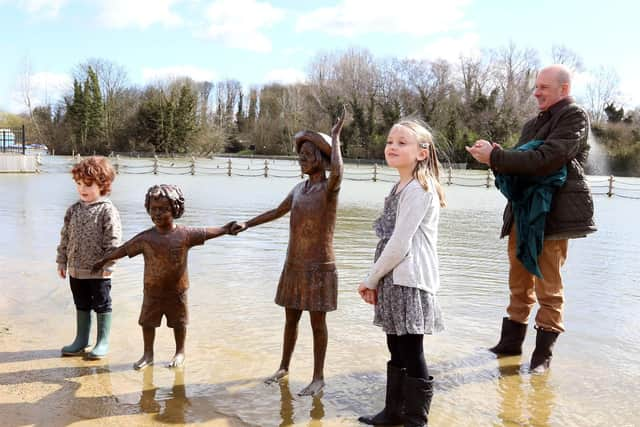

Throughout the 1980s, the railway track was relaid and a new free playground was installed. The cup and saucer ride was added along with a Hall of Mirrors and motor boats.
In 1990, Wicksteed’s monorail was opened and the following year a new, larger rollercoaster opened. The park continued with refurbishments and other small improvements throughout the decade and in 2000 the swimming pool and sandpit were demolished.
Advertisement
Hide AdAdvertisement
Hide AdThe free play park underwent a massive £250,000 renovation in 2001 and the following year the traditional carousel was opened on a trial basis, along with a restoration of the water chute to its original specifications.
In 2003 Wicksteed Park’s long-term chairman, Robert Wicksteed, died aged 82.
The next year, Wicksteed saw more improvements as the train got more carriages and the track was refurbished again.
Sadly, the tearoom burnt down in 2005 and the golf course was closed the following year due to falling demand. The park opened up the space and added new rides and games.
Advertisement
Hide AdAdvertisement
Hide AdIn more recent years, the park had seen the opening of more eateries, ride photography and new boats. The people of Kettering, and those from further afield, attend many annual events like the fireworks display every November, Christmas celebrations and open-air concerts in summer.
The park will be celebrating its 100th anniversary on Monday, May 31, and as its long history shows, it has adapted and overcome challenges in the past - and is ready for the future.